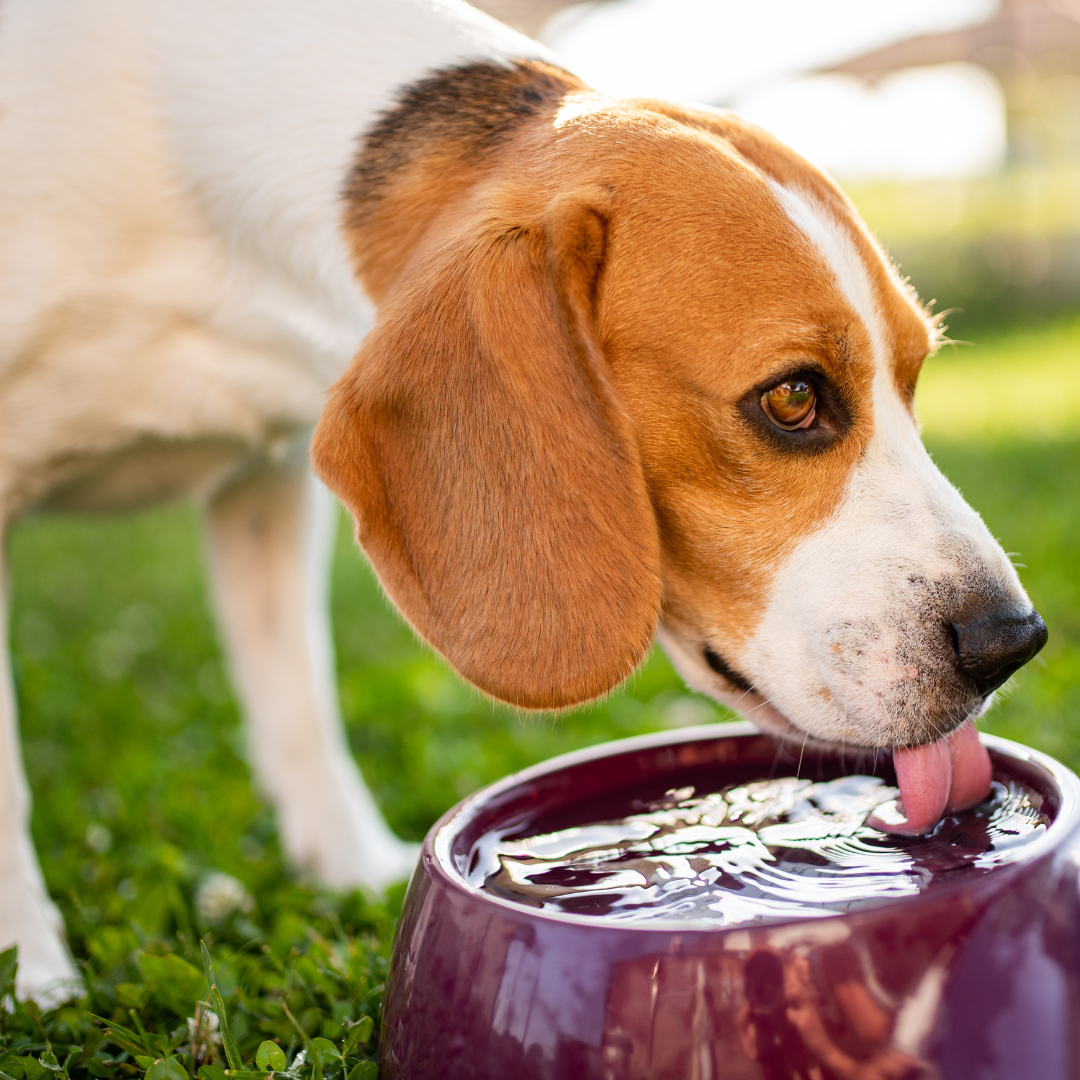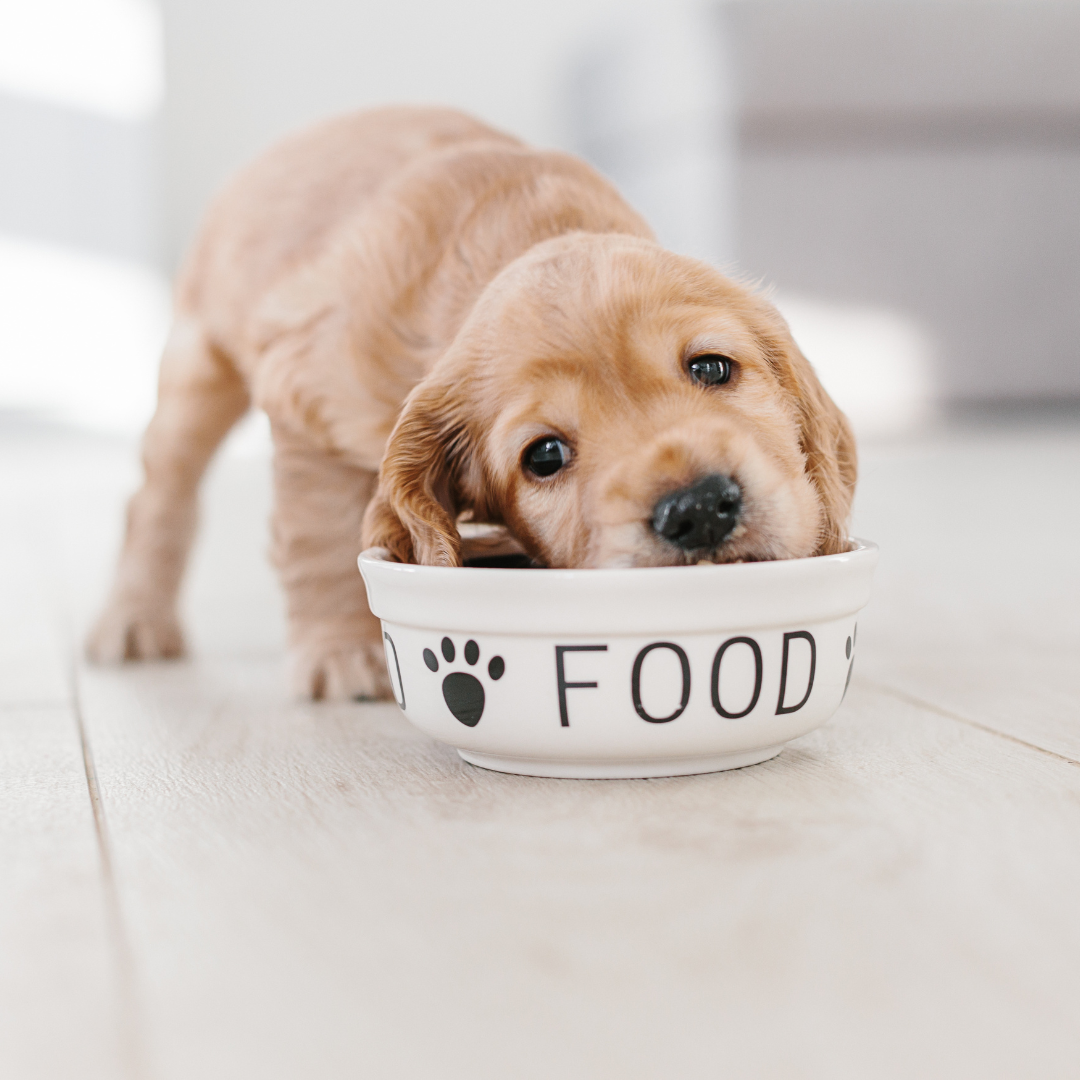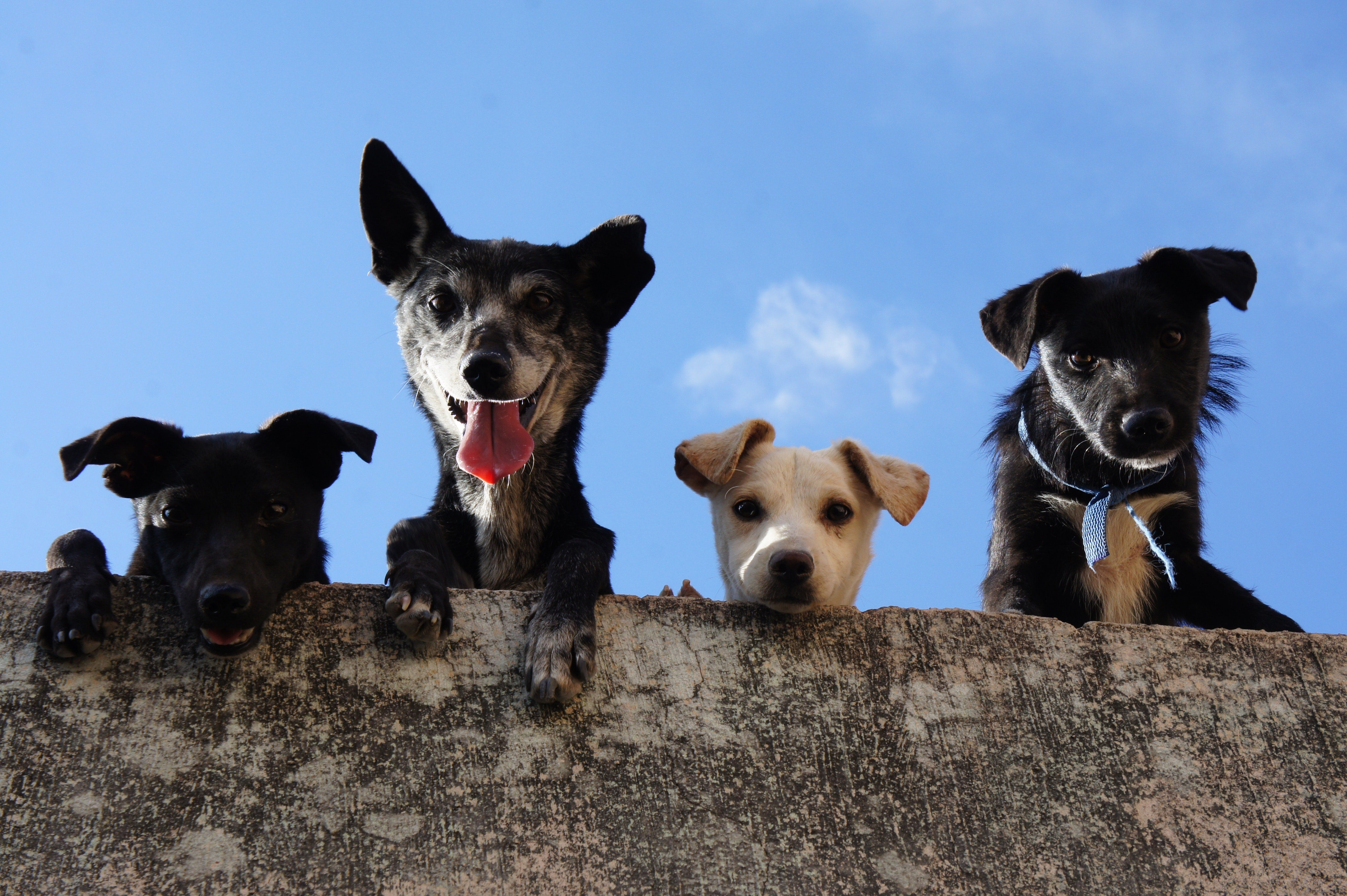
Keep Your Pup Hydrated: Why Water is Woof-derful for Dogs
Just like us humans, our furry companions need proper hydration to stay happy and healthy.
Water is essential for every bodily function in dogs, from regulating temperature to lubricating joints.
But how much water does your dog actually need, and what happens if they don't get enough?
Why Hydration Matters for Dogs
Think of water as the body's playground.
It transports nutrients, flushes out toxins, and keeps organs functioning properly.
Dehydration disrupts this delicate balance, leading to a cascade of health problems.
Here's a quick rundown of why water is woof-derful for dogs:
- Temperature Regulation: Panting is a dog's primary way to cool down. Without enough water, panting becomes less effective, putting your pup at risk of overheating.
- Digestive Health: Water keeps things moving smoothly in the digestive tract, preventing constipation and other issues.
- Joint Health: Cartilage in joints needs water to stay lubricated and healthy. Dehydration can increase the risk of painful joint conditions.
- Kidney Function: Kidneys rely on water to filter waste products from the blood. Dehydration makes it harder for kidneys to do their job, which can lead to serious health problems.
How Much Water Does My Dog Need?
The amount of water your dog needs depends on several factors, including:
- Size: Bigger dogs generally need more water than smaller breeds.
- Activity Level: Active pups burn more calories and lose more fluids through exercise, so they'll need to drink more.
- Diet: Wet food contains more moisture than dry kibble, so dogs on a wet food diet may drink less water.
- Climate: Hot and humid weather increases water loss through panting, so your dog will need to drink more in these conditions.
As a general rule of thumb, most dogs need around one ounce of water per pound of body weight each day.
So, a 50-pound dog would need about 50 ounces, or roughly 6 cups, of water daily.
This is just a starting point, be sure to adjust based on your dog's individual needs.
Signs of Dehydration in Dogs
If your dog isn't getting enough water, they might exhibit some of these signs:
- Lethargy or weakness
- Loss of appetite
- Dry gums
- Sunken eyes
- Decreased urination
- Thick, sticky saliva
If you notice any of these signs, it's important to get your dog to water right away and consult your veterinarian. Early intervention can prevent serious complications from dehydration.
Keeping Your Pup Hydrated: Top Tips
Here are some tips to ensure your dog is always well-hydrated:
- Fresh, Clean Water: Provide fresh, clean water at all times. Wash your dog's water bowl daily and refill it throughout the day.
- Multiple Water Bowls: Consider placing multiple water bowls around the house, especially if your dog spends time in different areas.
- Ice Chips: On hot days, add ice chips to your dog's water bowl to make it more appealing and refreshing.
- Wet Food: Adding water to your dog's food can be a good way to increase their water intake, especially if they eat kibble.
- Encourage Outdoor Play: Limit strenuous outdoor activity during the hottest parts of the day. When you do go outside, bring water with you and offer it to your dog frequently.
By following these tips and keeping an eye on your dog's water intake, you can ensure your furry friend stays happy, healthy, and hydrated!



Leave a comment
This site is protected by hCaptcha and the hCaptcha Privacy Policy and Terms of Service apply.